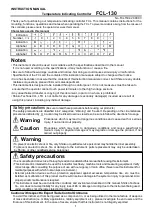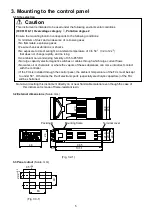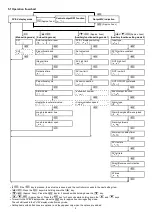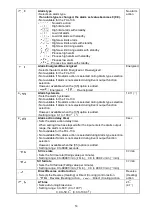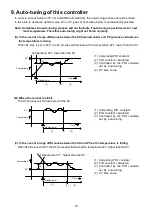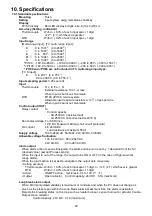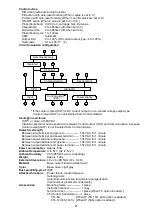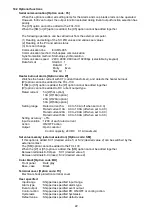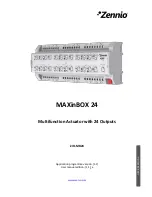
7
COM
B
C 5 option
YA(-) YB(+)
A
B
R/
100 to 240V AC
or 24 V AC/DC
RTD
S/
A/
or
TC
Event
output
W option ( CT input)
or SM option
5
4
3
9
8
10
1
2
11
12
7
6
4
3
1
2
9
8
4. Wiring
Warning
Turn the power supply to the instrument off before wiring or checking.
Working or touching the terminal with the power switched on may result in severe injury
or death due to Electric Shock.
Caution
• Do not leave bits of wire in the instrument, because they could cause fire, malfunction or
other problems.
• Use a solderless terminal with an insulation sleeve in which an M3 screw fits when wiring
the FCL.
• Tighten the terminal screw within the specified torque.
If excessive force is applied to the screw when tightening, the screw or case may be damaged.
• This controller does not have a built-in power switch, circuit breaker or fuse. Therefore, it is
necessary to install them in the circuit near the controller.
(Recommended fuse: Time-lag fuse, rated voltage 250V AC, rated current 2A)
• For a 24V AC/DC power source, do not confuse polarity when using direct current (DC).
• Do not apply a commercial power source to the sensor connected to the input terminal nor
allow the power source to come into contact with the sensor.
• Use a thermocouple and compensating lead wire that correspond to the sensor input
specification of this controller.
• Use a 3-wire RTD which corresponds to the sensor input specification of this controller.
• When using a relay contact output type, use a relay externally, according to the capacity of the
load, to protect the built-in relay contact.
• When wiring, keep input wires (thermocouple, RTD, etc.) away from AC sources or load wires
to avoid external interference.
4.1 Terminal arrangement
TC : Thermocouple input
RTD: RTD input
R/
: Relay contact output
S/
: Non-contact voltage output
A/
: DC current output
W
: Heater burnout alarm
SM : Set value memory (external selection)
C5 : Serial communication (RS-485)
Event output: Alarm, Loop break alarm or
Heater burnout alarm output
Dotted lines are optional. (Terminals are
provided when options are specified.).
(Fig. 4.1-1)

